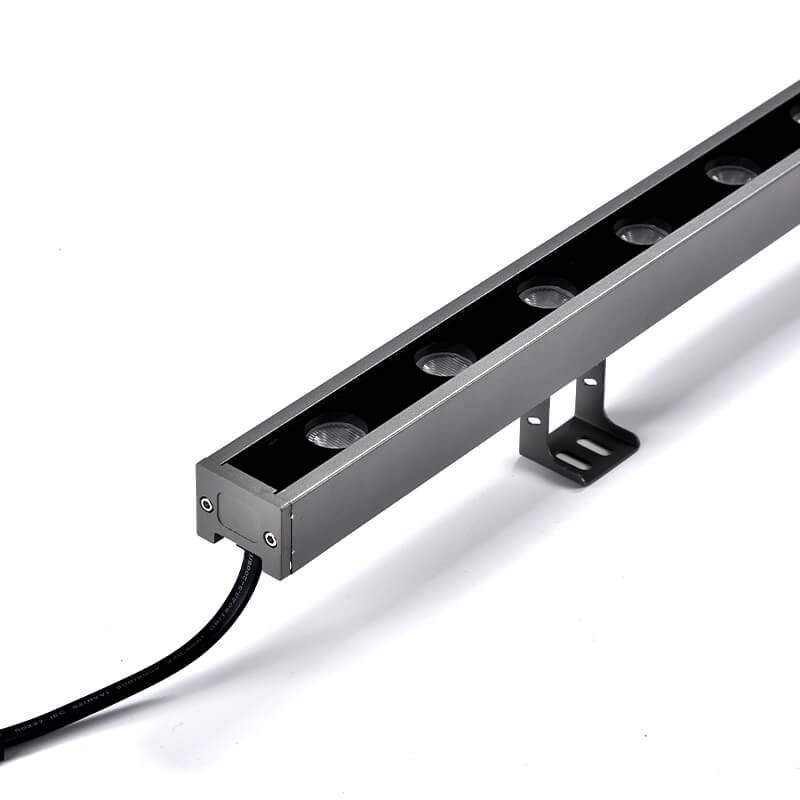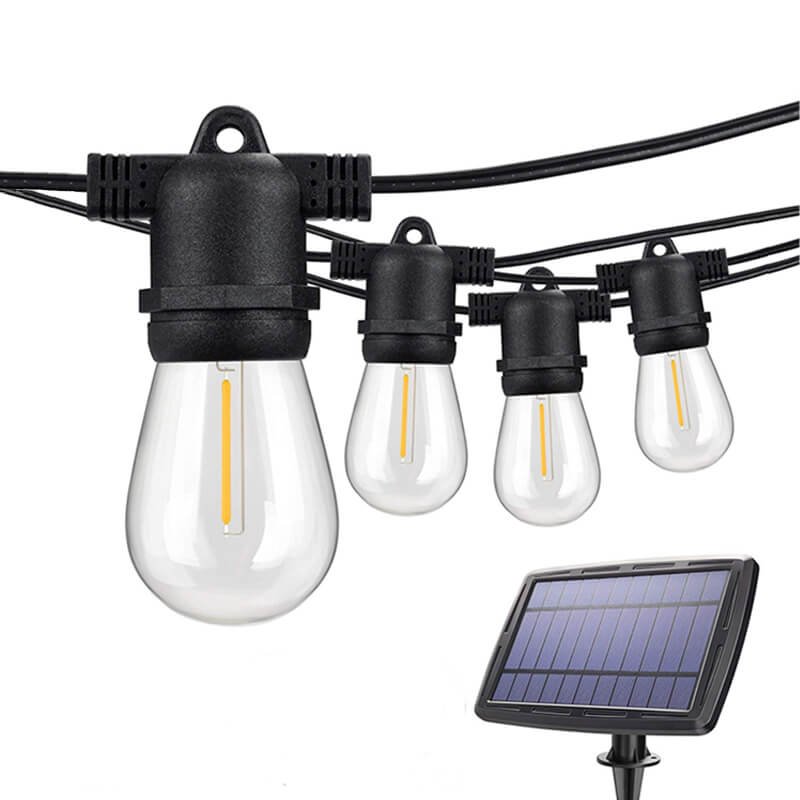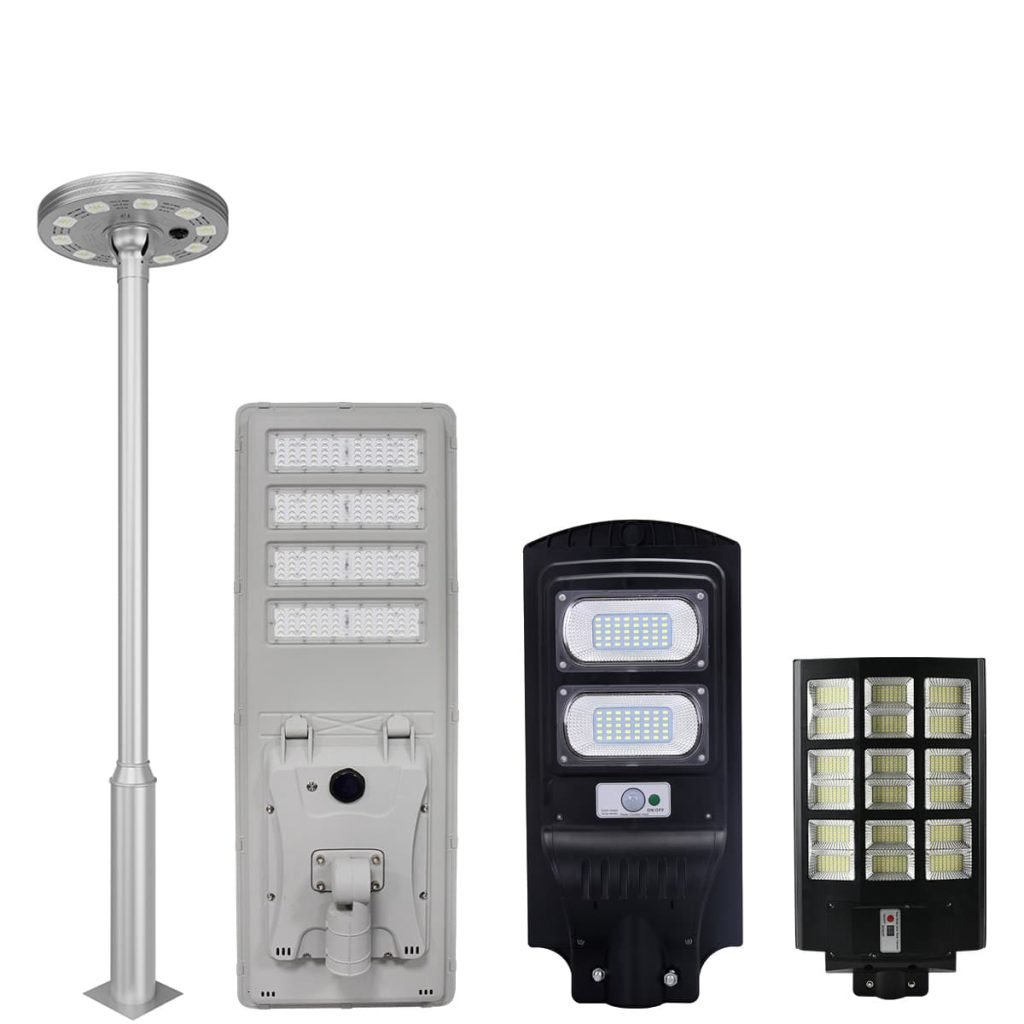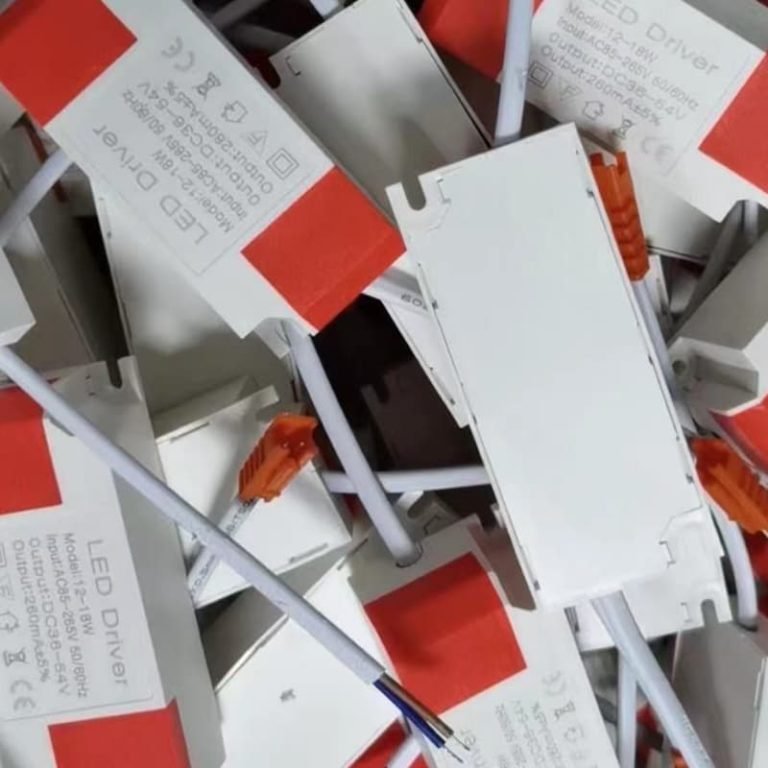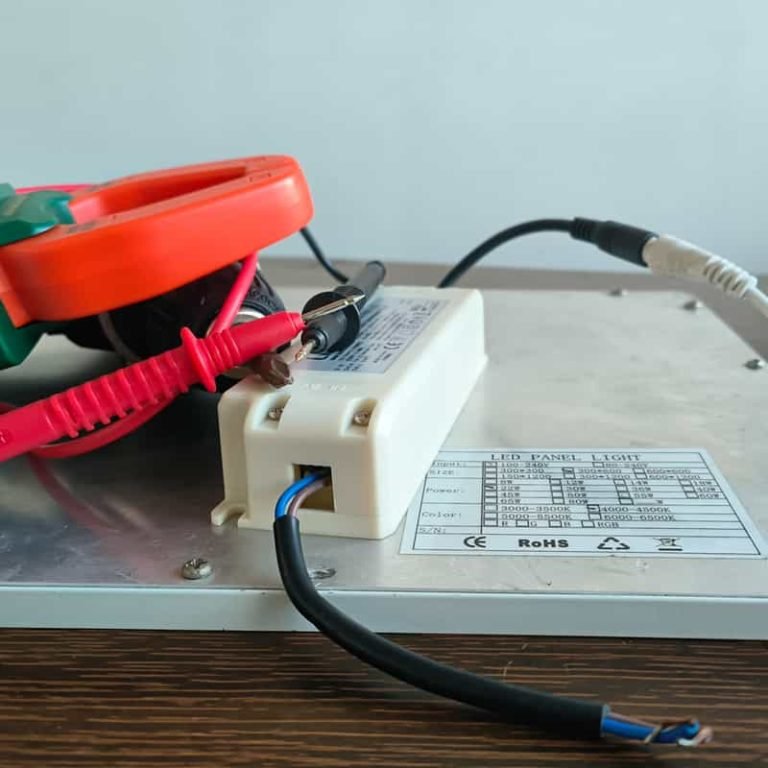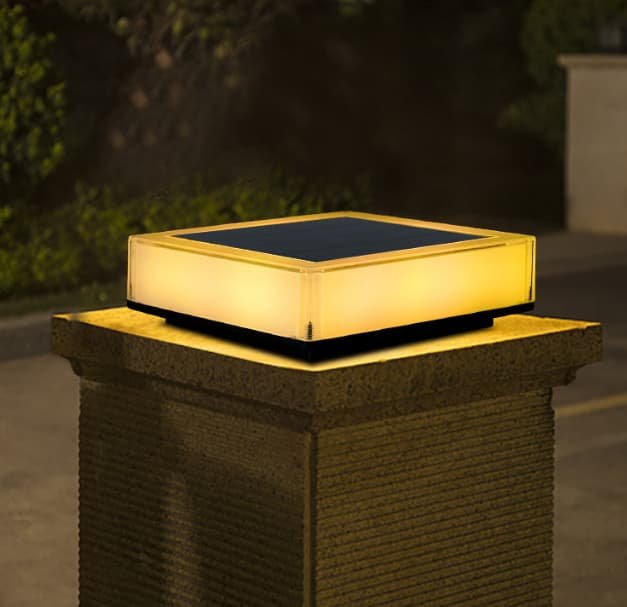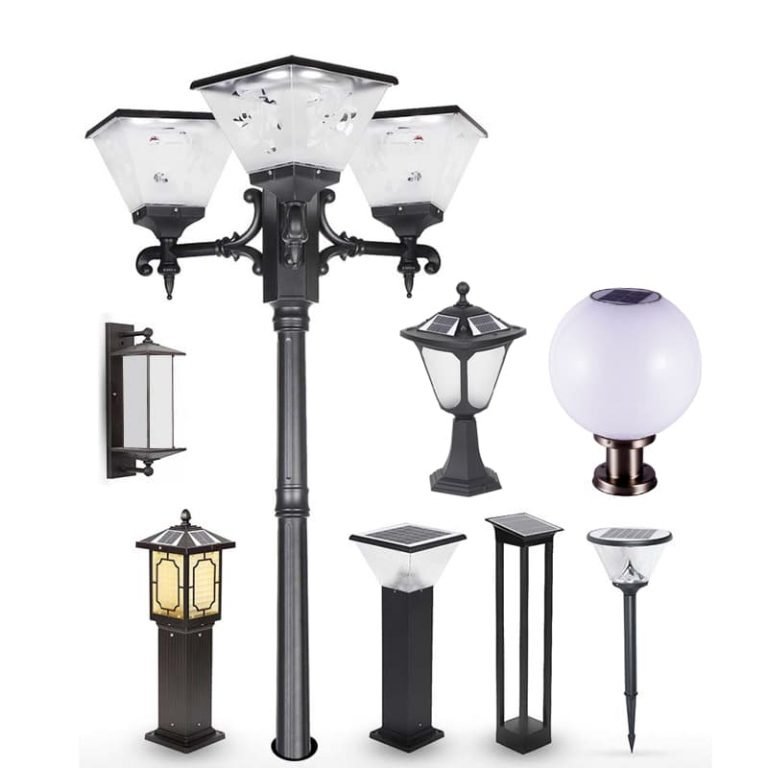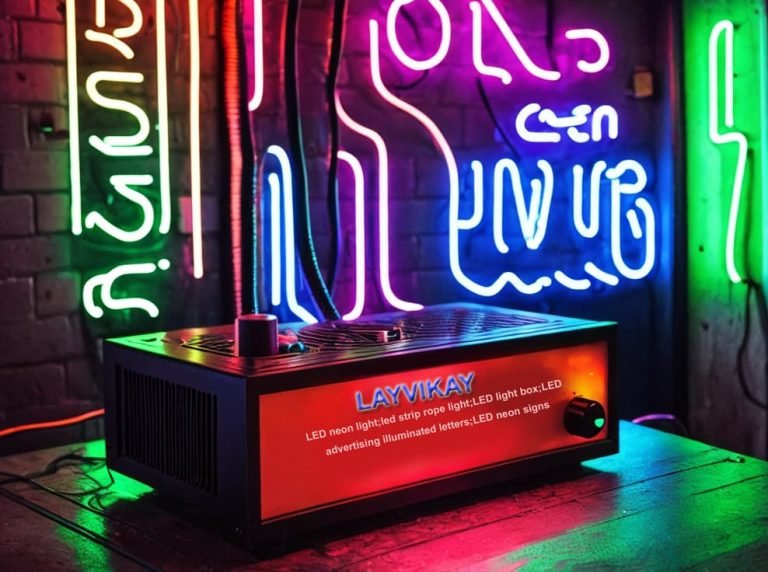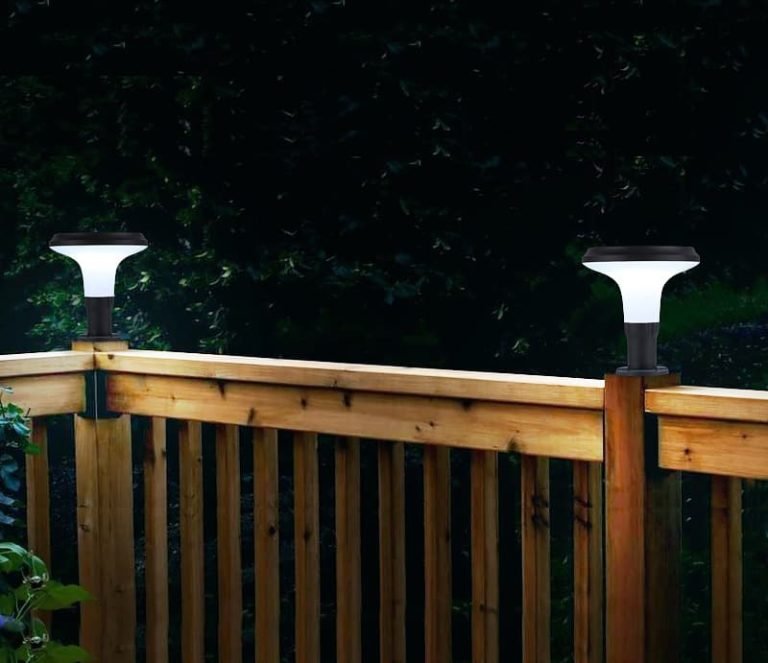Some Essential Elements of Cost Effective Heat Sink
----------- key points when purchasing audio or lighting products in bulk quantity
When planning to purchase LED lamps or audio amplifiers, the heat sink is worthy of your attention.
For LED lighting, good heat dissipation design can reduce luminous attenuation, thus extending the lifetime of lamp.
For audio power amplifiers, a good heat dissipation design not only extends the lifetime but also is important in reducing power consumption, especially for analog amplifier equipment such as Class A/AB.
●What is the core role of heat sink?
We need to understand that the chip of LED beads and audio amplifier transistors have a important parameter – junction temperature.
This is the highest temperature of a semiconductor chip in an electronic device, typically higher than the temperature of the housing and the surface temperature of device.
For example, an ordinary LED chip’s photoelectric conversion efficiency is only around 20%-30%, and most of the electrical energy is dissipated as heat. If this heat is not dissipated in time, it will hurt the performance of LED chip.
Why does this heat adversely affect the chips?
The core part of the chip is the PN junction. When the temperature of the PN junction increases, it will cause an uneven distribution of thermal stress on the chip, resulting in a reduction of the chip’s lifetime.
As an example, under normal conditions, when the junction temperature is 63 degrees, the chip lifetime is approximately 60,000 hours; however, when the temperature rises to 74 degrees, the chip lifetime is only approximately 25,000 hours.
In addition, the increase in temperature of the PN junction will also reduce the conversion efficiency of the chip. If the luminous efficiency of a spectrum at room temperature is 100%, when the temperature rises to 80 degrees, the luminous efficiency of the spectrum will drop by more than half, resulting in a decrease in the overall conversion efficiency of the chip.
In summary, if the heat of the chip is not dissipated in time, it will have a very significant negative effect on the product lifetime and conversion efficiency.
Whatever LED chip or amplifier transistor, the heat can only be dissipated by heat conduction and thermal convection.The core role of the heat sink is to conduct heat out, effectively reducing the chip’s operating temperature and thus extending its lifetime.
●Design elements of heat sinks
A high-performance heat sink needs to have the basic characteristics of fast heat absorption, fast heat dissipation and low thermal resistance.
Fast heat absorption
The common heat sink materials are pure copper, pure aluminum, 1070, and 6063 aluminum alloy. Their thermal conductivity is very different; pure copper is 398 W/m.K, pure aluminum is 237 W/m.K, 1070 aluminum alloy is 226 W/m.K, and 6063 aluminum alloy is 201 W/m.K.
From the above data, we can see that copper is a much better heat dissipation material than aluminum. However, professional buyers are always sensitive to cost control due to market competition.Viewed from a cost-performance perspective, pure aluminum or 1070 aluminum alloy is the right material for making lamp and audio amplifier heat sinks.
For most DIY(do it yourself) hobbyists, heat emission efficiency is more important than cost, so they are likely to prefer copper over aluminum as the base material.
That is why are aluminum heat sinks more popular with bulk quantity purchasers rather than DIY hobbyists.
Fast heat dissipation
Efficient convective heat transfer is required for the heat to escape quickly from the heat sink into the air.This needs to be improved in two aspects: increasing the cooling area and creating a smooth airflow channel.
Different products require different sizes and shapes of heat sinks, and the performance of the heat sinks varies widely. Finned heat sinks are classic design that can meet the heat dissipation requirements of high-power chips.
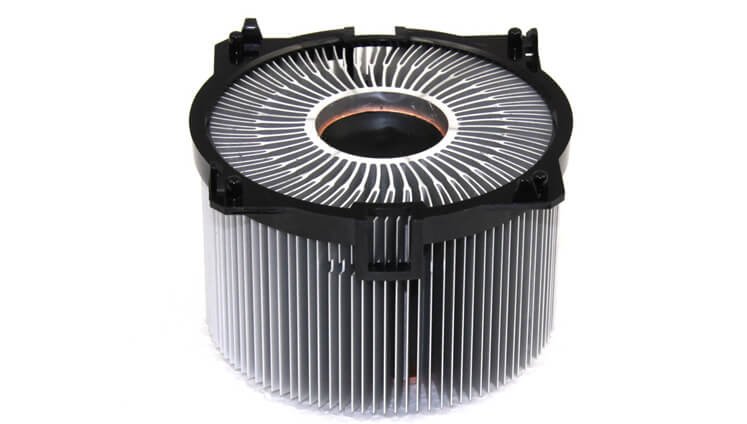
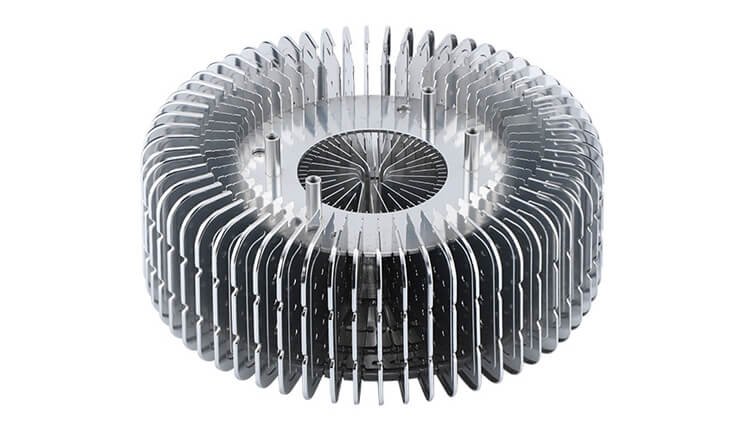
The thickness, spacing, number of fins, overall height and total weight of the heat sink are important design parameters.
All these parameters need to be determined according to the space and shape of the product, and not all of them can be optimized.
Low thermal resistance
Thermal resistance is the ratio of the temperature difference between the chip junction and the environment under thermal equilibrium conditions to the thermal dissipated power that generates these two temperature differences.
The smaller the thermal resistance, the better for a system of heat dissipation at the same thermal power consumption, and the smaller the difference between the chip junction temperature and the ambient temperature.
The formula can be expressed as follows: Rth = (Tj – Ta)/Q
Rth is the thermal resistance; Tj is the chip junction temperature; Ta is the ambient temperature; Q is the thermal dissipation power.
The heat sink is produced through die-casting process. When LED beads or audio amplifier transistors are fixed on the heat sink, there are many small gaps, and what is worse, the air thermal resistance in the gaps is much higher than the thermal resistance of the heat sink.
Therefore, thermal conductive gel is needed to fill these gaps for the purpose of reducing thermal resistance.
What is thermal conductive gel?
Thermal conductive gel is a paste composed of a base and new metal oxide, graphite, ceramic materials and other thermally conductive fillers.
The most commonly used thermal conductive gel is silicone gel, with a thermal conductivity ranging from 1.0 to 2.0 W/m.K.
There is also thermally conductive silver gel with a thermal conductivity greater than 3.0 W/m.K., but it is expensive.
As thermal conductivity increases, so does thermal impedance. Therefore, a thermal conductive gel with excellent overall performance needs to have both high thermal conductivity and low thermal impedance.
Viewed from a cost-performance perspective, it is more suitable to choose a thermal conductivity of 2.0 to be used in lamps or audio amplifiers.
In addition, we often see a thick layer of thermal conductive gel under the transistors.
Using a large amount of gel does not reduce the junction temperature more.
From a lot of practical experience and test data, a gluing thickness of 0.02 mm has better results than 0.05 mm or 1 mm.
Pay attention to the chip parameters
The parameters of the chip are one of the reference points for designing the heat sink, particularly the junction temperature.
For example, the LAYVIKAY audio amplifiers use TOSHIBA 2SC5200 transistors, the junction temperature and transient thermal resistance parameter tables as follows:
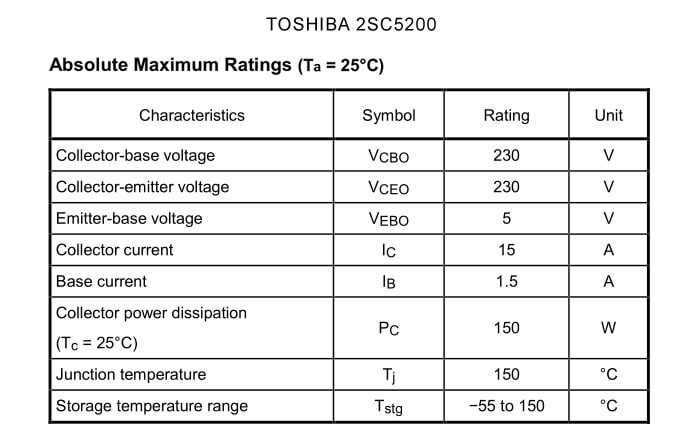
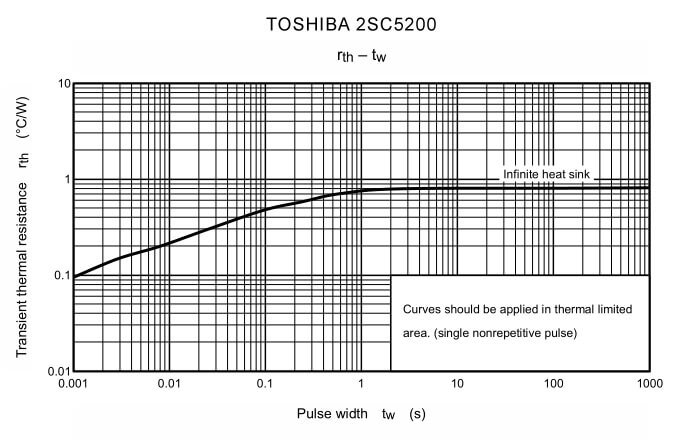
Based on the chip’s junction temperature, transient thermal resistance, total power, and alignment density, design the heat sink’s thermal requirements.
●Heat sink in Layvikay’s products
In the power amplifier sector,we use pure aluminum and 1070 for the heat dissipation.
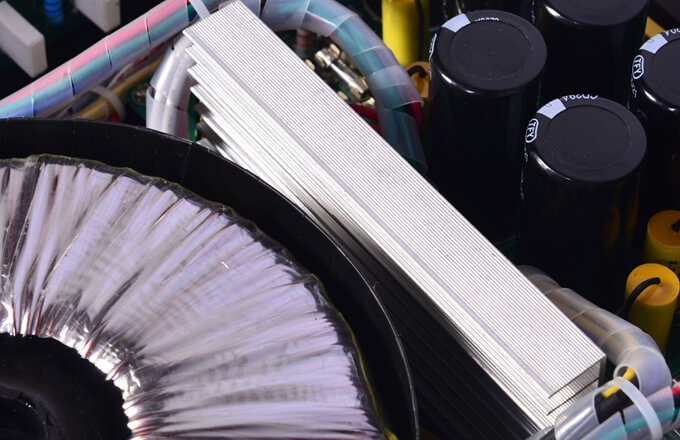
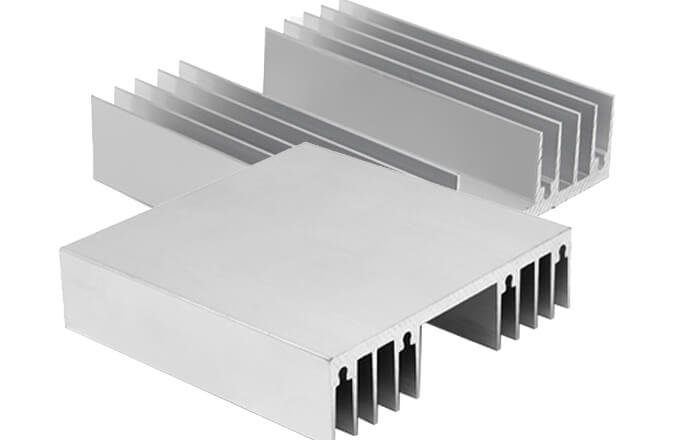
In the LED lighting sector, LAYVIKAY has cost-effective thermal solutions; The following photo shows the thermal effect of our regular products.
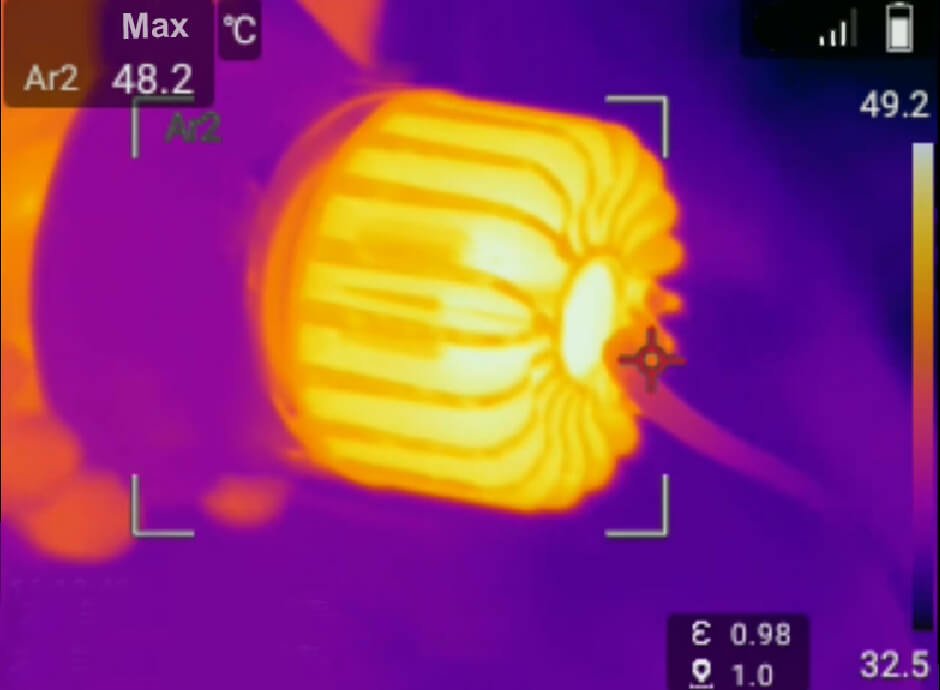
We have a unique, high-performance heat sink solution for high-power products, and we call this thermal column heat sink.
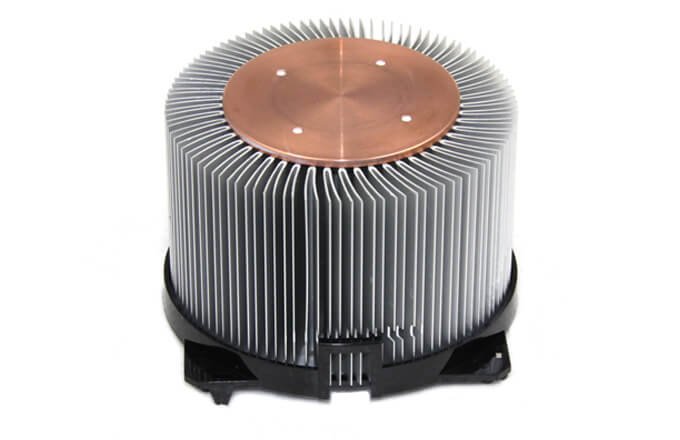
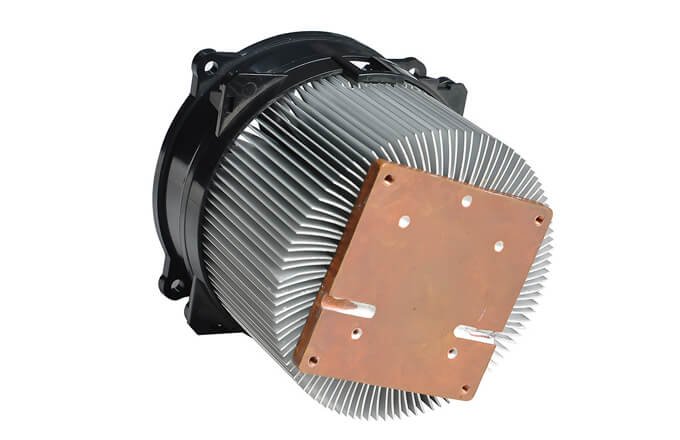
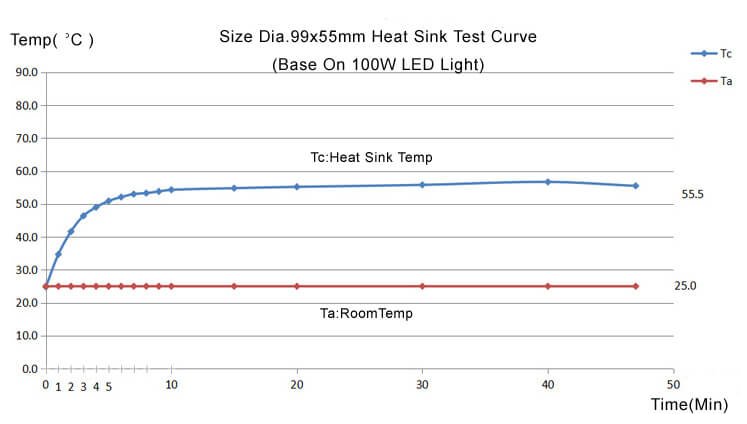
This thermal column heat sink has been developed using the phase change principle of binomial flow technology and has the following features:
1) Fast heat transfer rate;
2) Light weight;
3) Excellent overall performance;
4) Safe and reliable;
5) Long lifetime.
The thermal column is closely integrated with the heat sink, and the temperature of the substrate is controlled within 65 degrees, so that the heat from the LED chip can be distributed effectively. If the power of the LED lamp does not exceed 200W, passive heat dissipation can be used without an external active heat dissipation. When the chip temperature reaches 28 degrees, the thermal column will start to work, quickly taking away the heat.
Further, we are developing a new generation of heat sinks and hope to make a breakthrough in heat dissipation materials to produce more cost-effective products in the next years.
●Some key factors for a right heat sink
- Pure aluminum or 1070 aluminum alloy is the right material for heat sink
- Choose a heat sink with a large contact area with the air, such as finned structure.
- The contact surface between the heat sink and substrate should be flat, with no large gaps.
- The usage amount of thermal conductive silicone gel and the thermal conductivity require special attention; More is not necessarily better.

